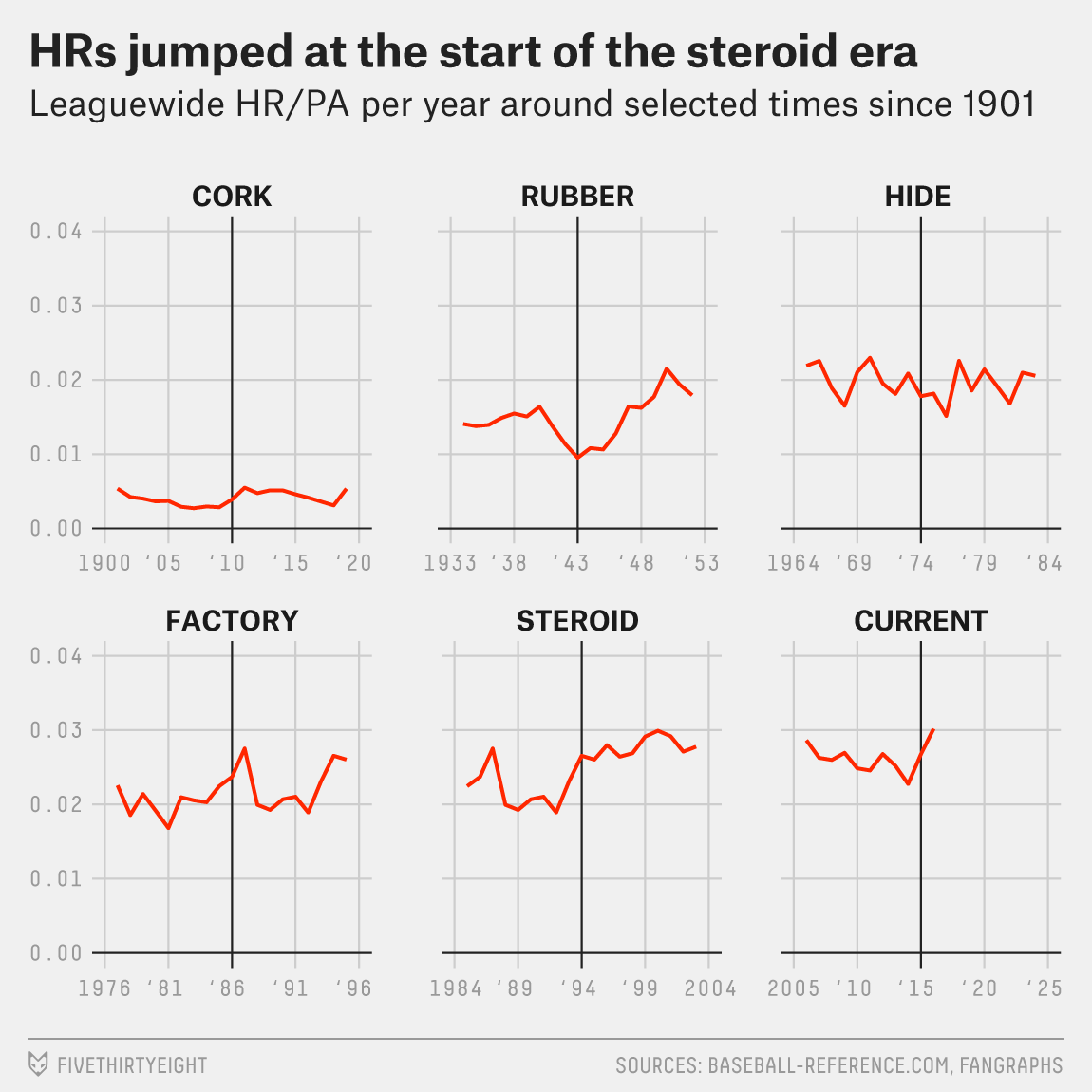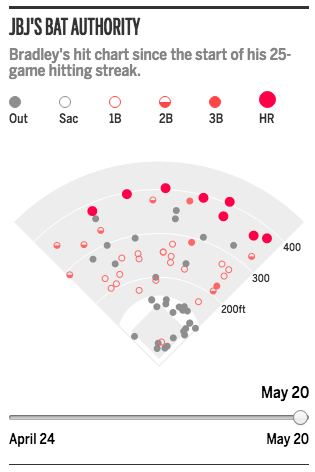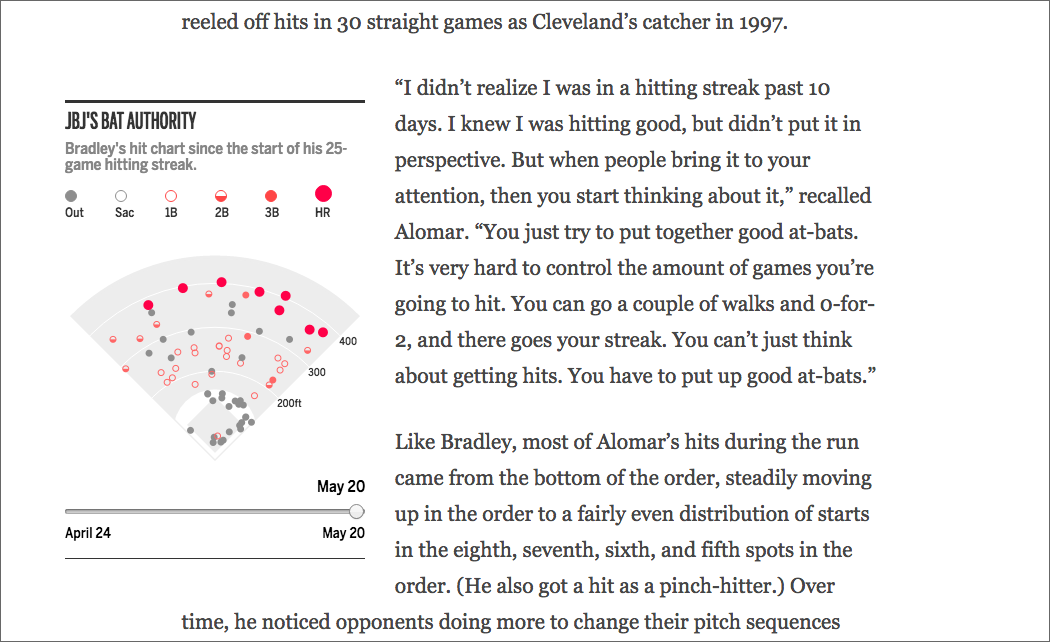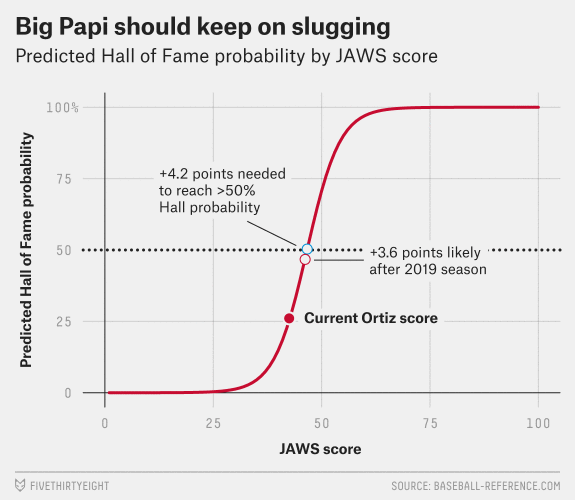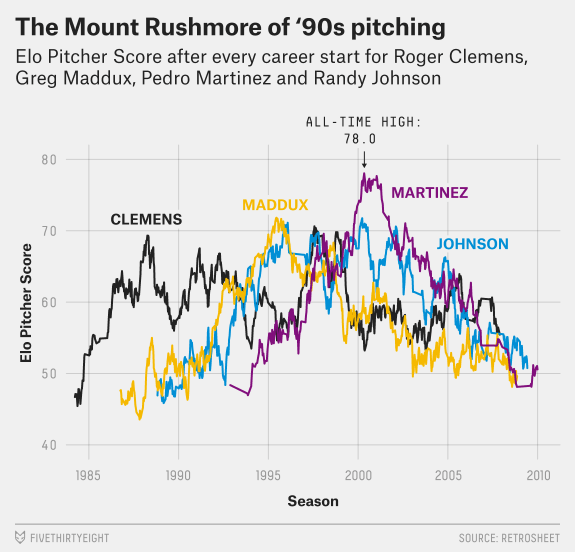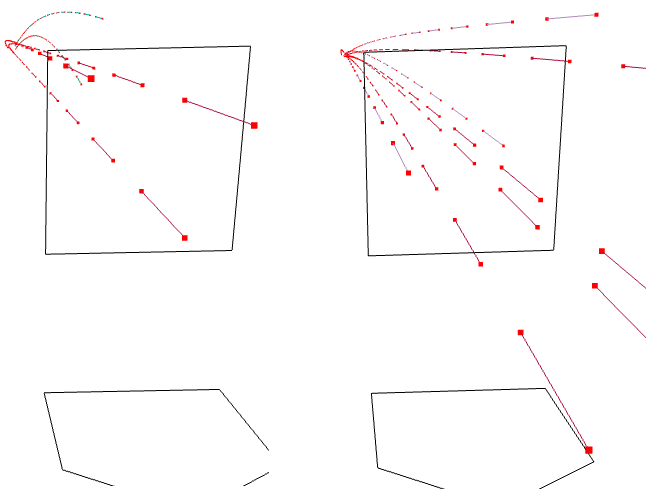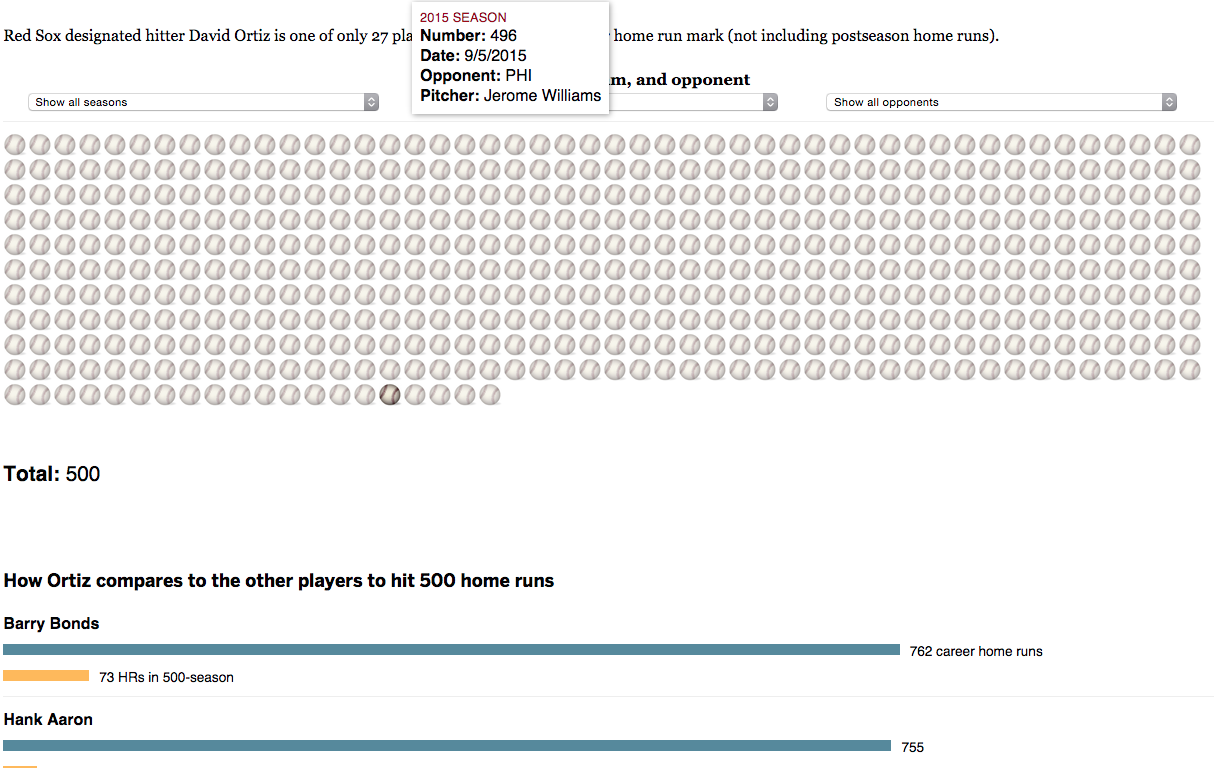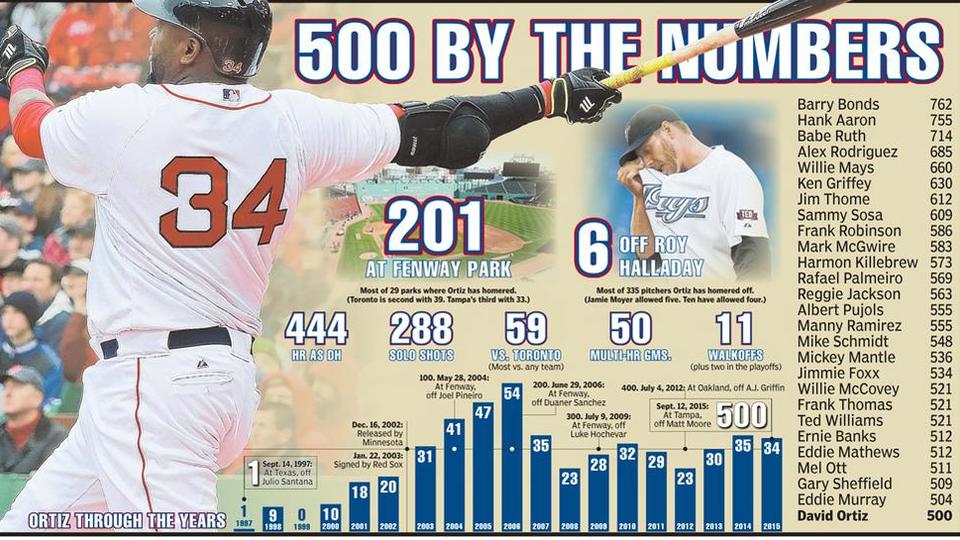Last week the Red Sox’s season came to an end after being swept by the Cleveland Indians and with the sweep so too ended David Ortiz’s career. He is one of the best Red Sox hitters of all time, but Ted Williams was the best. And so last week FiveThirtyEight ran a piece on how one manager from the Cleveland Indians—hence the relevance, right?—beat Ted Williams by “inventing” what we all know in baseball as the shift.
The below photo comes from the game and shows what we baseball fans now think of as routine was at the time almost brand new. (Although to be fair, the shift in this case left only one fielder on the left side of the field—the left fielder. Typically today both the shortstop and left fielder both remain.) Anyway, for those baseball fans, the article is worth a quick read.

Credit for the piece goes to an unknown photographer ca. 1946.

